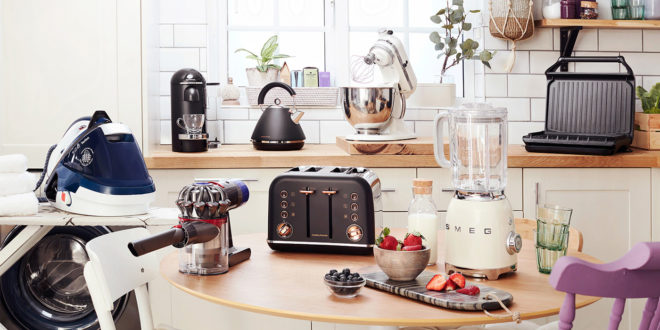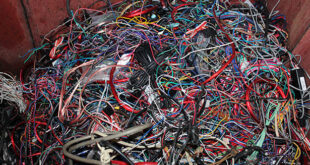Every once and a while some of your household appliances can break down and cause inconvenience; this can be due to some kind of malfunction, poor handling or other. Once this occurs your first impulse will be to call a repairman.
But, maybe they cannot reach you in a short period of time, or you need this item fixed as soon as possible. Once you make sure that your warranty will not be affected or that it is expired. Additionally, it is good to be safe while doing these repairs. Here are some tips and tricks on how to successfully and safely fix broken appliances.
1. Is it plugged in?
Even though it does sound pretty obvious, your first step in eliminating what went wrong is to check if the appliance is plugged into the socket. After you have done this, make sure that there is power in the socket itself.
This can be done by using a specific tool, or just by plugging in something that you know it works, like a phone charger. If there is no electricity in the socket, check other sockets around the house. If some are not working, check the distribution box you have in your home to make sure that some of the fuses are not broken.
If there are no problems with the power in the house, and only that one appliance is not working, its time to check what is wrong with it.
2. How old is my device?
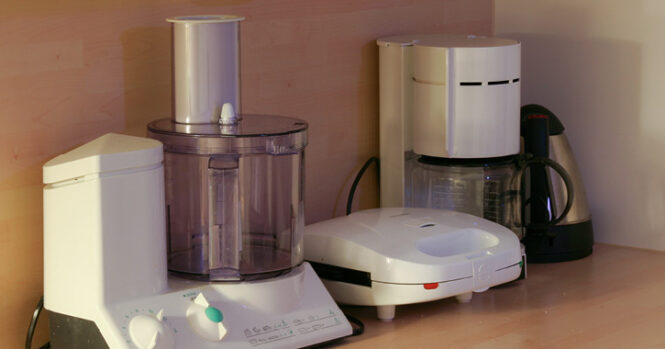
Every device you buy has a specific number of years that can be used, most manufacturers have a rough estimate on the lifespan of the appliance. Some common knowledge states that if the device is older than half of what the manufacturers’ lifespan is, it might be cheaper to replace it, rather than invest in fixing it. At his point you can ask a professional for opinion additional costs can be prevented.
Know when to call for professional help is crucial since some repairs can go wrong and cause harm to you or some material damage in the house. With a lot of handymen on the market, it is hard to make difference between the imposters and real deal. By picking fixappliances.ca you are putting your trust into the right and reliable hands.
3. Use your hearing
By using your sense of hearing you can detect if some of the parts that are moving such as fans and motors are malfunctioning. This means that any sound that is extraordinary can direct onto the possible problem.
Moving parts do make sounds when they are in motion if this sound is louder or in any other parameter different than it was before it is time for a checkup. In most cases, moving parts are the ones that are the cause of malfunctions, due to constant wear and tear as they work. When compared, fans can be fixed and replaced easier than motors.
4. Do your research
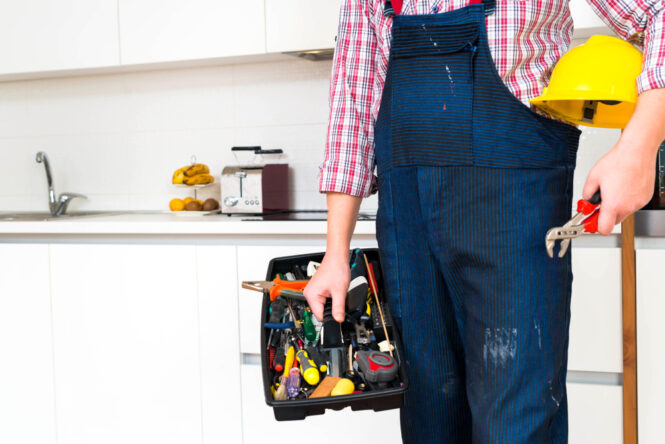
Before diving into the appliance in order to fix it, make sure you are aware of how it works. Most household appliances have specific cooling systems that need to be maintained in order to prevent overheating.
Understanding how it works can help you detect possible defects in the operation of the system and help you determine what needs to be replaced and how. Some leaking of the cooling fluid can be easily solved by finding the leak, fixing it and adding up the fluid, this is especially the case with fridges and air-conditioning machines.
5. Can it be an electrical problem?
The only way to know this for sure is to check what is going on inside of the device. Firstly, try to find any wires that seem like they are detached from the board. After this, it’s good to use multitester to check for the vitals of your appliance.
This device measures different things such as resistance and current flow. It can give you important information about the flow of current and if there is a problem in the flow. This means that you need to be extra careful in order not to get electrocuted. When dealing with electrical appliances, make sure you have turned off the power.
6. Safety valves
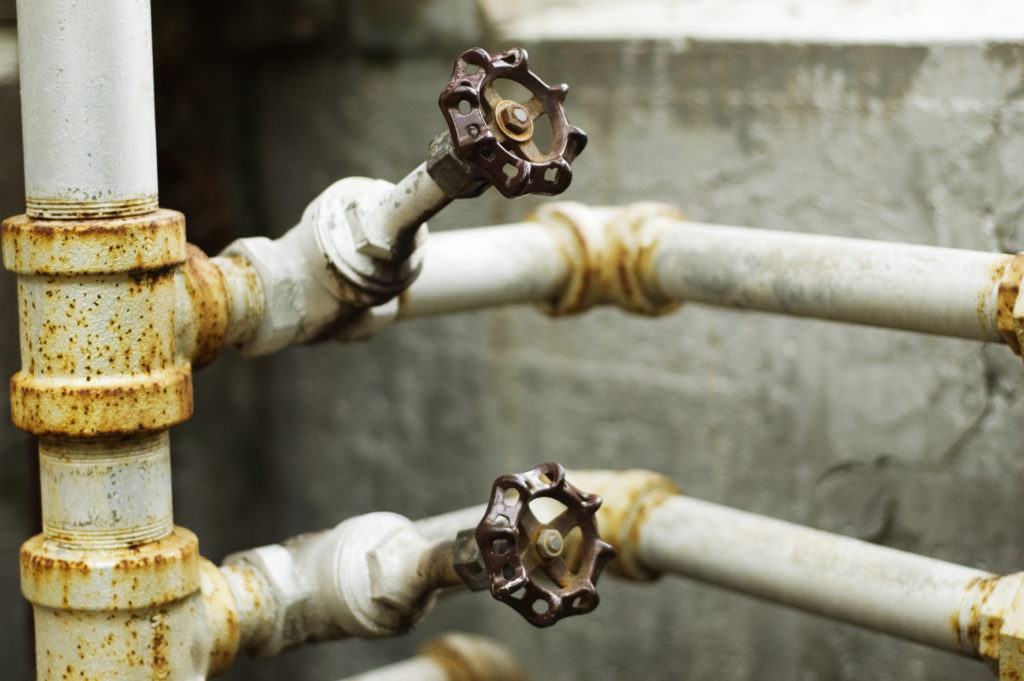
Knowing is half of the job done. By knowing where safety valves are and how to turn them on and off you are preventing floods in the apartment. If there is a leak, its good to check around the leak to see if there are any tears, in some cases small leaks can occur if the rubber that goes around is loose and therefore it prevents tightly grip and allows water to escape.
If you are ought to replace these, which is very easy, do not forget to turn off the main water valve if you are not in the mood for a fountain. The water pressure can be so strong that you will not be able to fight it, so first close the water and then go into the repair and replacing parts.
7. Check the messages on the appliance
Since most of the new devices possess some kind of a display and way of communicating with the user, if there is some beeping, or signaling with flashing light or an error code on the display, before you disassemble the whole device it’s good to check the manual in order to learn what the messages mean. It will at least tell you where to look for if nothing else.
8. Have good tools
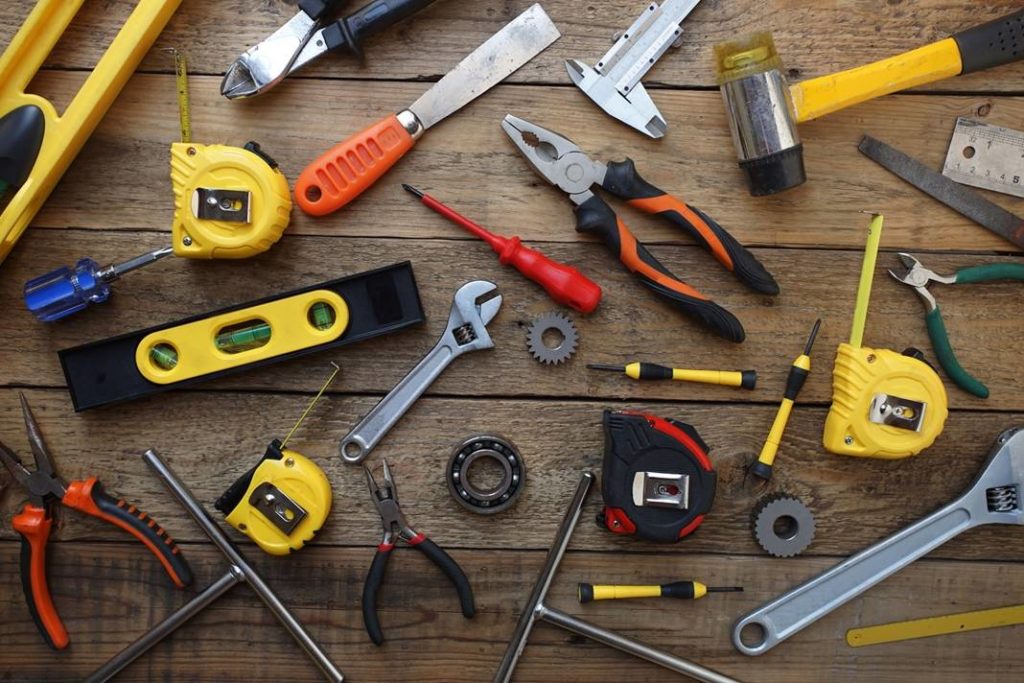
This may go without saying, but a good toolbox can save you some serious struggles. Investing in a good toolbox with different tools can be rewarding, since you will have what you need to fix you appliances on your own, plus you will not run to the store in the middle of repairing in order to buy missing part of the equipment.
Conclusion
Some small breaks and malfunctions in small home appliances can be fixed without a handyman. It is good to have proper tools and know-how to protect yourself and others while fixing. Using all senses, such as hearing, looking and smelling can help you detect the problem sooner rather than later.
Being familiar with the mechanisms of operation of devices is always good since it decreases the time needed for the repair. If you cannot do it on your own, calling a certified handyman is always a smart move.
 Imagup General Magazine 2024
Imagup General Magazine 2024
